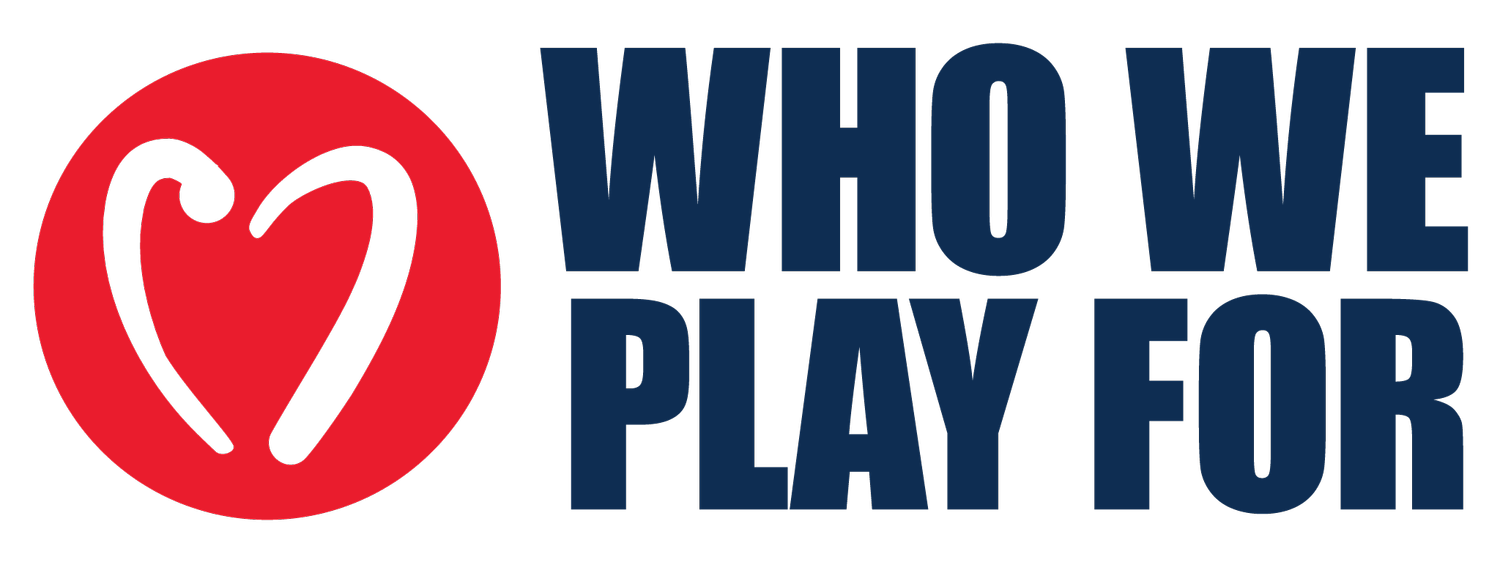MAKE CPR A PRIORITY IN
YOUR COMMUNITY
How to advocate for CPR to Your Community
Advocating for people to learn CPR can help increase the chances of saving a life during an emergency situation.
Watching a CPR training video could help you save a life. Be prepared to be the hero for someone.
Learning CPR can increase your confidence and preparedness in emergency situations.
Donating towards CPR helps provide life-saving training to individuals and communities in need.
Sounds Too Hard?
Donate To CPR Training
All donations to Who We Play For goes directly to life-saving heart screenings, AED placements, research, and more to help eliminate sudden cardiac death in the young. For every $20 donated, we are able to provide 1 heart screening to a student. For every $6,000 donated, we are able to save a life.
Learn the CPR Basics
Learning the very basics of CPR (Cardiopulmonary resuscitation) is important because it can help save someone's life in an emergency situation. CPR is a life-saving technique that involves chest compressions and rescue breaths. It is used to keep oxygen flowing to the brain and other vital organs when someone's heart has stopped beating.
The immediate application of CPR can significantly increase the chances of survival in cardiac arrest victims, and it can also prevent brain damage caused by lack of oxygen. Knowing the basics of CPR can help you respond quickly and confidently in an emergency situation, and provide vital support until emergency medical services arrive.
-
CPR stands for Cardiopulmonary Resuscitation, and it is a technique used to keep blood flowing to the brain and other vital organs when someone's heart has stopped beating.
-
CPR should be performed immediately on someone who has stopped breathing or has no pulse.
-
CPR involves chest compressions and rescue breaths. To perform chest compressions, place the heel of one hand on the center of the chest and the other hand on top of the first hand, then push down firmly and quickly. Rescue breaths involve tilting the head back and breathing into the person's mouth, making sure to watch for chest rise.
-
The American Heart Association recommends performing 30 chest compressions followed by two rescue breaths, and then repeating the cycle until emergency medical services arrive.
-
No, CPR should only be performed on someone who has no pulse or is not breathing.
-
While it is important to perform CPR correctly, any attempt at CPR is better than no attempt at all. If you are not sure how to perform CPR, call emergency services and they can guide you through the process.
CPR FAQs
It is important to note that these answers are general guidelines, and if you are interested in learning CPR, it is recommended to take a CPR course from a qualified instructor to receive hands-on training and further information on the topic.
Other Ways to Get Involved










